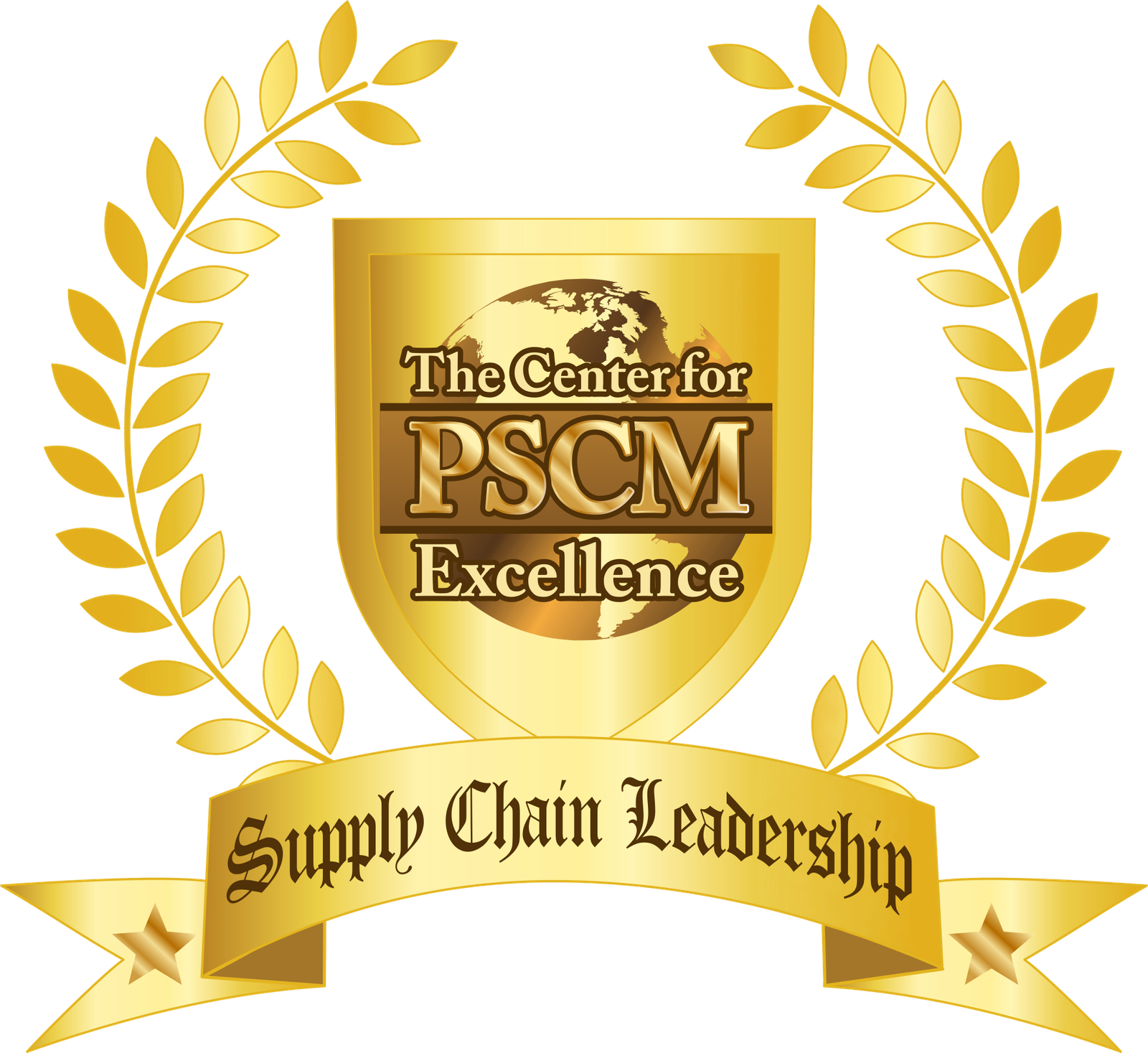

I saw an article just this last week in LinkedIn describing different scenarios for buyer and seller to go back and forth on negotiation terms for best outcomes – offer, response, counter offer, counter response, etc.
It was touted as a game changing system, and was even given a name and trademarked, indicating it was something new and innovative.
It’s something I’ve been familiar with since the early 90’s, and I regret that it’s still being taught.
If you go back to the invention of currency, and probably much earlier, this is how we always negotiated. Each party trying to get more of the pie in return for less of what they have to offer in return.
This was the earliest form of what I call “At the Table Negotiations”.
Meaning, this trademarked system is hardly new. Yet it’s highly glorified. It’s what we picture when there are the greatest stakes of all – with parties intensely negotiating at the table.
But all of that is for people who learned how to negotiate by watching TV shows and movies. Or perhaps as a child, watching your parents barter at the local market. You’re not going to win any negotiations this way.
Read this twice: Negotiations are won and lost before they ever start. They are won FAR before you ever engage in At the Table Negotiations. Anyone who tries to teach you how to win negotiations at the table is at best still stuck in the 1950’s.
There really needs to be a well rounded approach for achieving success in negotiations. In fact, the very definition of negotiation success needs to be redefined.
The 1950’s and prior definition of negotiation success is how much of the pie you can get. It’s parasitic negotiations. You gain at the other party’s expense. Value is being transferred instead of created.
Negotiation strategies need to involve value creation before going to the table. This involves researching what keeps the other party awake at night, and creating strategies to help make them more successful out of the deal, while costing your side very little.
This is why you are paid the big bucks, and it’s not optional in high stakes negotiations.
The other piece that has to be done is bargaining power analysis. If you find yourself in a negotiation where you lack bargaining power, then you’ve driven yourself to the middle of the desert knowing you have no gas or drinking water. You can’t let it get to that stage.
You need to do an in depth analysis of what the source of their bargaining power is. What exactly and specifically is it that gives them their bargaining power? You need to understand this FAR in advance of negotiations very, very well.
What might it be? Almost anything. Here are just a few:
- Perception of highest quality
- Monopolistic supplier
- Switching or startup costs associated with adding or switching to new supplier
- End user or business unit allegiance
- Production capability
- Access to critical material(s)
- Etc.
Then you need to architect a strategy to change that bargaining power to your favor. The shift may not happen right away – it may even take years – but you can conspicuously lay the seeds right under the supplier’s nose. They’ll get the picture.
Then there’s internal negotiations. Most external negotiations fail because of failed internal negotiations. Being fully aligned on the SOW/Spec hardly qualifies as internal negotiations alignment.
There’s alignment regarding procurement and negotiation strategy, sourcing approach, business shifting, standardization, alternative materials, timing, external communications, internal communications, management influencing, deal positioning, cost modeling, vendor evaluation criteria, and so much more.
This is just skimming the top of things that need to be done in advance of At the Table Negotiations. If all you are doing is getting trained in and executing to At the Table Strategies, you are stuck in some very old quicksand.
The CPSCM™ Certification Program – already invested in by half of the Fortune 100 – will position you to fast track your career and be a Negotiation Godfather. In exactly 32 days, a huge announcement is coming and all of you need to be paying attention. CPSCM™ Certification is going to be attainable by everyone. Don’t miss it.
Now go off and do something wonderful.
Be your best!
Omid G.
“THE Godfather of Negotiation Planning” ~ Intel Corp
www.CenterforPSCMexcellence.org



